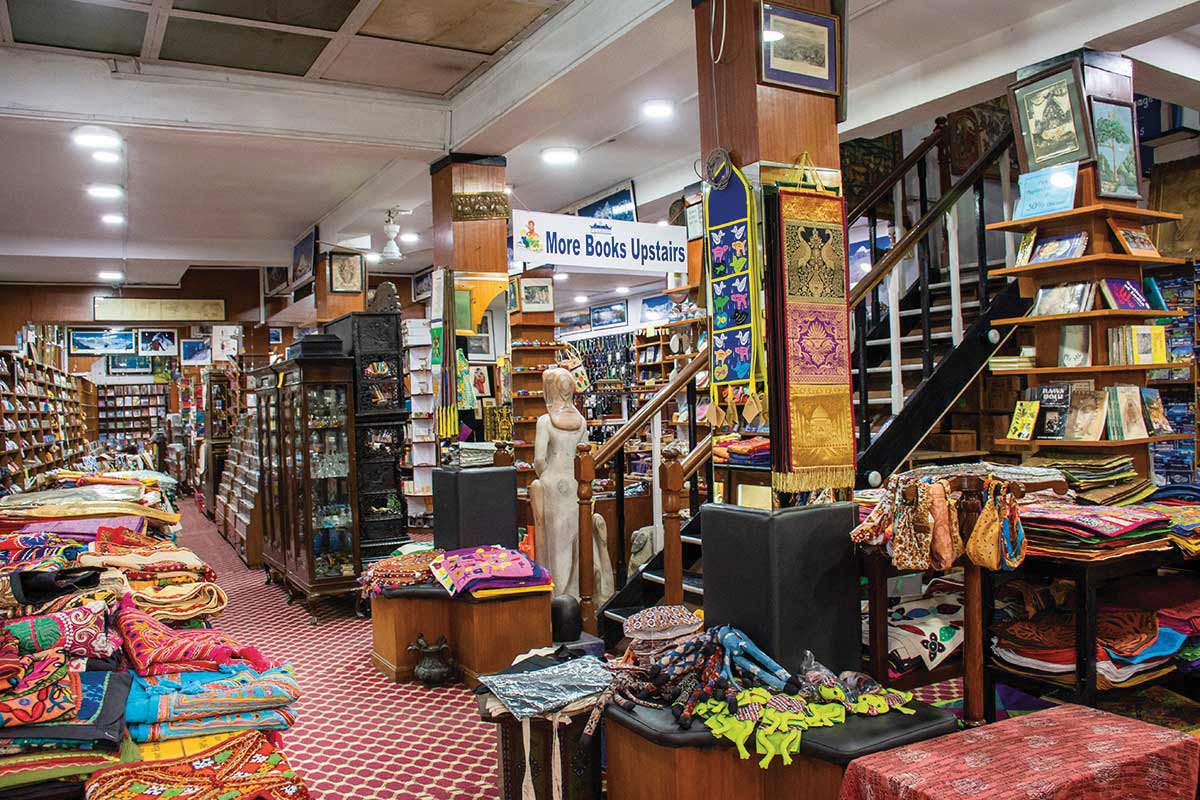Nepal is a country of diverse cultures and traditions and music plays an important role in each and every festive and religious occasion. Two ethnic groups predominate when it comes to making music: the ‘Newars’ of Kathmandu valley (which developed rapidly during the late Malla dynasty from the 15th century to the 18th century) - the most multifaceted musical culture in the Himalayas - and the ‘Damais’ in other parts of the country. Heavily influenced by Indian music, the latter’s tunes now carry a distinctive sound developed over a period of 2000 years.
 Nepali music with its unique blend has its own tunes and rhythms. The diversity in the music as well as musical instruments used by various ethnic groups is fascinating. One such musical instrument quite commonly used is the ‘Maadal’ (two sided drum) that is held in place by a strap or string and played with both hands. It is usually played as accompaniment to folk songs. The two sides covered with skin are of different sizes and hence produce sounds in two different pitches. Nepali music is highly developed when it comes to maadal playing. The variety of beats and the techniques involved is quite impressive.
Nepali music with its unique blend has its own tunes and rhythms. The diversity in the music as well as musical instruments used by various ethnic groups is fascinating. One such musical instrument quite commonly used is the ‘Maadal’ (two sided drum) that is held in place by a strap or string and played with both hands. It is usually played as accompaniment to folk songs. The two sides covered with skin are of different sizes and hence produce sounds in two different pitches. Nepali music is highly developed when it comes to maadal playing. The variety of beats and the techniques involved is quite impressive.
Maadals are generally made by men of the Sarki or Badi castes (shoe makers) and is found throughout Nepal. The barrel is carved out of wood and the two coverings on the sides called ‘daine’ (right) and ‘debbre’ (left) out of goatskin, tied to each other across the barrel by leather laces called ‘tanna’. In the center of each skin is a black dot made by burning iron filings, flour, and egg (‘kharri’) and applied to the skins, giving it the weight that causes the sound to reverberate like a low pitched bell. The skins are stretched through metal tuning rings or leather wedges strung through the leather thongs. One can achieve the desired tuning by adjusting the rings.
Kathmandu has quite a few shops that make and sell maadals. A leading dealer, formerly known as ‘Babukaji Music Shop’ has been in the business for the last 10-12 years. They have now moved to a new location in Thamel and are yet to acquire a new name. It is a workshop that provides maadals to shops in Chhetrapati as well as to the Nepali Musical Instrument Centre in Thamel. ‘Maadals are also exported to Japan and U.S.A,’ says Sahadev Tamang, a maadalmaker there. Three sizes of maadals are produced here with prices ranging from NRs 300/- to NRs 900/-. Besides the regular types, they also make ‘Jali maadal’.
Nepali Musical Instrument Centre of Thamel sells all kinds of musical instruments including the maadal. These maadals are made in Mahadebesi, Naubise and the above-mentioned workshop and are also exported to Australia. Kishor Khanal at the store opines, “Maadals are quite affordable. The cheapest ones cost about NRs 300/- and the most expensive ones can be had for about NRs 1,200/- each”
The maadal is a very popular percussion instrument and is played in almost every occasion and event especially in rural Nepal. Quite often it is the only musical instrument accompanying a song and has a very strong bond with Nepali culture and religion. For details: Sahadev Tamang, 9841408243











